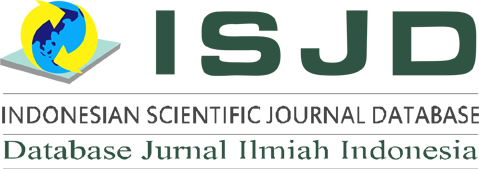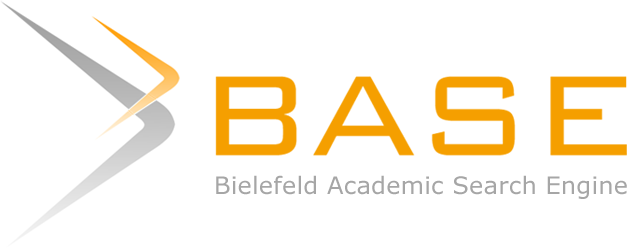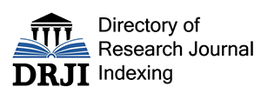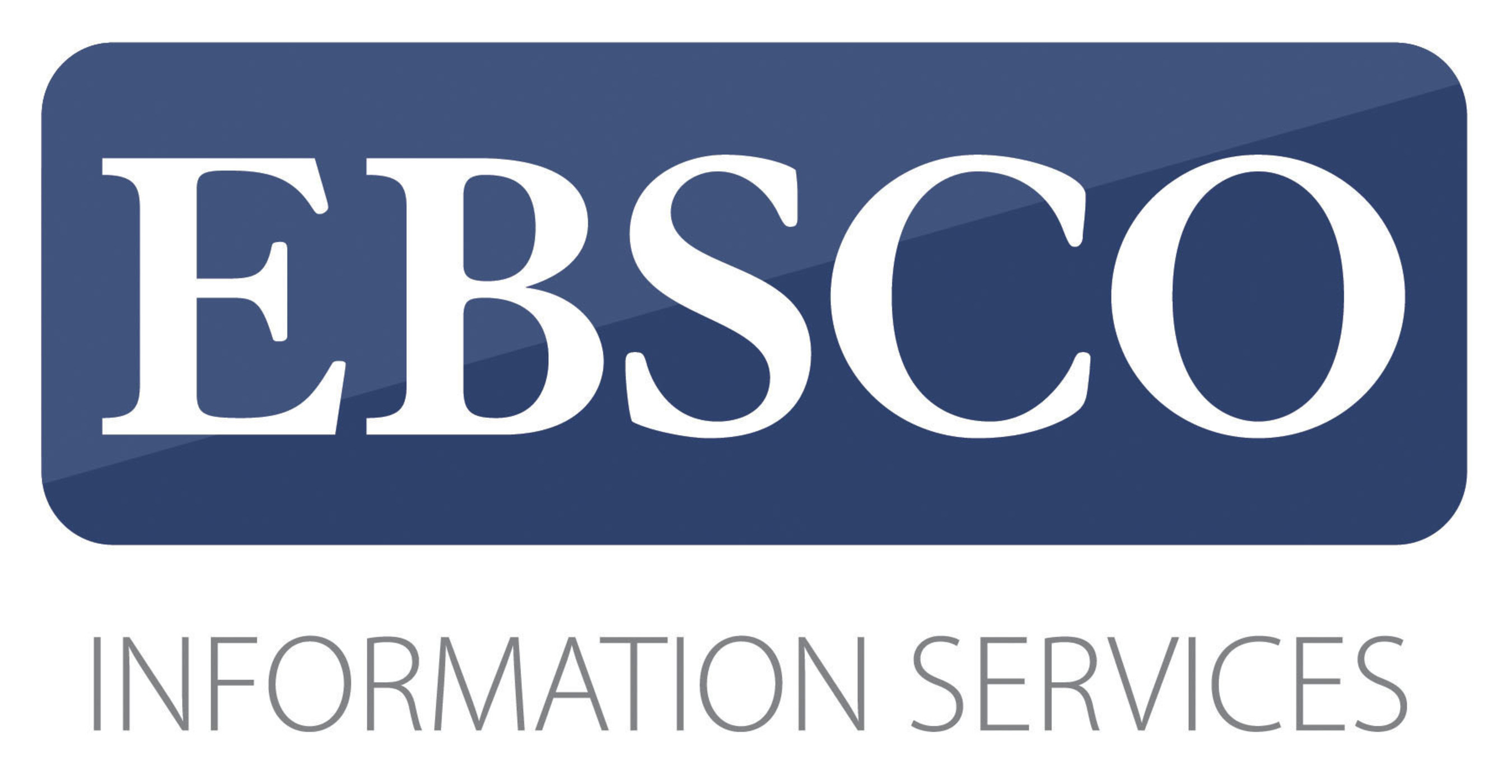Abstract
Since the 1970s, marine debris pollution has been considered a global environmental problem because of the serious threat it poses. Based on 2010 data, the amount of marine debris pollution from the four ASEAN countries plus China has exceeded a quarter of the total global pollution. In 2015, the Sustainable Development Goals (SDGs), in particular the 14th goal regarding life under water, were implemented to address this issue in the global realm. But regionally, ASEAN as the biggest pollutant has just formed the ASEAN Framework of Action on Marine Debris in 2019. The time lag is large considering the urgency to respond has emerged since 2010. Even since 2011, ASEAN countries have started research and individual handling efforts. Therefore, knowledge about this issue has emerged since the early 2010s. However, this knowledge does not necessarily get the attention of ASEAN to deal with it collectively. We see that there is an unexplained link between the emergence of urgency and knowledge regarding marine debris pollution in the early 2010s and the formation of the regime in 2019. In this paper, we attempt to analyze how this urgency and knowledge ultimately gained the attention of ASEAN and ultimately formed the regime. The analysis will be carried out using the Weak Cognitivism approach in Knowledge-based theory, focusing on the role of the epistemic community in creating shared knowledge as the key to the formation of an international regime.
References
Adler, E., & Haas, P. M. (1992). Conclusion: Epistemic Communities, World Order, and the Creation of a Reflective Research Program. International Organization, 46(1), 367â390. http://www.jstor.org/stable/2706960.
Agustina, K. & Purba, Noir P. Why collaboration in the ASEAN region is vital to tackle plastic waste in the oceans. https://wri-indonesia.org/en/blog/why-collaboration-asean-region-vital-tackle-plastic-waste-oceans. Accessed on 26 December 2021.
ASEAN. (2017). Asean Conference On Reducing Marine Debris In ASEAN Region: Conference Summary. https://environment.asean.org/wp-content/uploads/2017/12/Summary-of-ASEAN-Conference-on-Marine-Debris-26-Dec-2017.pdf. Accessed on 9 June 2021.
ASEAN. (2019). ASEAN Framework of Action on Marine Debris. https://asean.org/storage/2019/06/3.-ASEAN-Framework-of-Action-on-Marine-Debris-FINAL.pdf. Accessed on 9 June 2021.
ASEAN. (2021a). ASEAN Regional Action Plan for Combating Marine Debris in the ASEAN Member States, 2021-2025. Jakarta: ASEAN Secretariat.
ASEAN. (2021b). ASEAN Member States adopt Regional Action Plan to Tackle Plastic Pollution. https://asean.org/asean-member-states-adopt-regional-action-plan-to-tackle-plastic-pollution/. Accessed on 27 December 2021.
Carpenter, E. J. & Smith, K. L. (1972). âPlastics on the Sargasso sea surfaceâ, Science, 175(4027):1240-1. doi: 10.1126/science.175.4027.1240. PMID: 5061243.
Curren, E. et. al. (2021). Marine microplastics in the ASEAN region: A review of the current state of knowledge. Environmental Pollution, 288, 117776.
Galgani, L. (2019). âImpact Of Marine Litterâ, Frontiers in Marine Science, Vol 6, pp. 1-8 DOI: 10.3389/fmars.2019.0020.
Haas, P. M. (1989). âDo Regimes Matter? Epistemic Communities and Mediterranean Pollution Controlâ, International Organization, 43:377-403.
Haas, P. M. (1992). âIntroduction: Epistemic Communities and International Policy Coordinationâ, International Organization, 46:1-35.
Habib, F. H. (2019). What to Expect From ASEANâs New Agreement on Marine Debris. https://thediplomat.com/2019/07/what-to-expect-from-aseans-new-agreement-on-marine-debris/. Accessed on 14 June 2021.
Hasenclever, A et. al. (1996). âInterests, Power, Knowledge: The Study of International Regimesâ, Mershon International Studies Review, Vol. 40, No. 2, pp. 177-228.
Hermawan, S., & Astuti, W. (2021). Analysing several ASEAN countries' policy for combating marine plastic litter. Environmental Law Review, 23(1), 9-22.
Hisham, M. M., & Florent, M. Z. (2019). âOverview of plastic issues in ASEAN, focusing on marine debris and microplastics in the regionâ, Briefing Note: ASEAN Inter-Parliamentary Assembly. Parliamentary Institute of Cambodia.
Hudaya, M. (2019). âSecuring ASEAN Waters: Indonesiaâs Strategic Culture Perspectivesâ in Hennida, C et. al. 2019. Regional Dynamics in Southeast Asia. Surabaya: Revka Prima Media.
IUCN. (2014). IUCN 2013 Annual Report. https://portals.iucn.org/library/sites/library/files/documents/IUCN-2014-017.pdf. Accessed on 14 June 2021.
IUCN. (2015). IUCN 2014 Annual Report. https://portals.iucn.org/library/sites/library/files/documents/2015-020.pdf. Accessed on 14 June 2021.
IUCN. (2016). Annual Report IUCN 2015. https://portals.iucn.org/library/sites/library/files/documents/2016-020.pdf. Accessed on 27 December 2021.
IUCN. (2017a). ASEAN Conference on Reducing Marine Debris in ASEAN Region. https://www.iucn.org/sites/dev/files/content/documents/2017/asean_marine_debris_report.pdf. Accessed on 25 December 2021.
IUCN. (2017b). IUCN co-hosted ASEAN Conference on Reducing Marine Debris. https://www.iucn.org/news/thailand/201712/iucn-co-hosted-asean-conference-reducing-marine-debris. Accessed on 11 April 2022.
IUCN. (2018a). Marine Plastics. https://www.iucn.org/resources/issues-briefs/marine-plastics. Accessed on 9 June 2021.
IUCN. (2018b). IUCN 2017 Annual Report. https://portals.iucn.org/library/sites/library/files/documents/2018-007-En.pdf. Accessed on 25 December 2021.
IUCN. (2018c). Asian Regional Office Annual Report 2017. https://portals.iucn.org/library/sites/library/files/documents/2018-041-En.pdf. Accessed on 14 June 2021.
IUCN. (2018d). Thai Union and IUCN Launch Community-based Tourism Project in Phang Nga. https://www.iucn.org/news/thailand/201802/thai-union-and-iucn-launch-community-based-tourism-project-phang-nga. Accessed on 27 December 2021.
IUCN. (2019). 70 Years IUCN: Asian Regional Office Annual Report 2018. https://portals.iucn.org/library/sites/library/files/documents/2019-043-En.pdf. Accessed on 27 December 2021.
IUCN. (2021a). Countries: Thailand. https://www.iucn.org/asia/thailand/countries/thailand. Accessed on 6 July 2021.
IUCN. (2021b). IUCN - A brief history. https://www.iucn.org/about/iucn-a-brief-history. Accessed on 14 June 2021.
IUCN. (2022). MARPLASTICCs. https://www.iucn.org/theme/marine-and-polar/our-work/close-plastic-tap-programme/marplasticcs. Accessed on 12 April 2022.
Jambeck, Jenna R et. al. (2015). âPlastic Waste Inputs from Land into the Oceanâ, Science, Vol. 347, Issue 6223, pp. 768-771. doi: 10.1126/science.1260352.
Kandziora, J. H. Et. Al. (2019). The important role of marine debris networks to prevent and reduce ocean plastic pollution. Marine pollution bulletin, 141, 657-662.
Kliem, F. (2019). Thailandâs Asean Chairmanship at its Mid-Term: Three Key Issues to Watch After the 34th Asean Summit. Rajaratnam School of International Studies.
Lyons, Youna et. al. (2019). A review of research on marine plastics in Southeast Asia: Who does what?. https://assets.publishing.service.gov.uk/government/uploads/system/uploads/attachment_data/file/813009/A_review_of_research_on_marine_plastics_in_Southeast_Asia_-_Who_does_what.pdf. Accessed on 11 April 2022.
Ritchie, H & Roser, M. (2018). Plastic Pollution. https://ourworldindata.org/plastic-pollution. Accessed on 9 June 2021.
Sabatira, F. (2020). âSoutheast Asia Regional Cooperation on Tackling Marine Plastic Litterâ, Lampung Journal of International Law, Vol. 2, Issue 2, pp. 69-84.
Sukanan, D. (2020). Waste imports are flooding Asian countries like Thailand. https://www.sustainability-times.com/environmental-protection/asian-countries-like-thailand-are-flooded-by-waste-imports/. Accessed on 27 December 2021.
The ASEAN Post. (2020). Tackling Plastic Waste Pollution In ASEAN. https://theaseanpost.com/article/tackling-plastic-waste-pollution-asean. Accessed on 9 June 2021.
The Jakarta Post. (2015). Indonesia Second Biggest Marine Pollutant, After China. https://www.thejakartapost.com/news/2015/11/06/indonesia-second-biggest-marine-pollutant-after-china.html. Accessed on 9 June 2021.
The Jakarta Post. (2019). ASEAN Nations, Among Worst Ocean Polluters, Aim to Curb Plastic Debris. https://www.thejakartapost.com/seasia/2019/06/21/asean-nations-among-worst-ocean-polluters-aim-to-curb-plastic-debris.html. Accessed on 27 December 2021.
UN. (2021). Goals 14: Conserve and Sustainability Use of the Oceans, Seas and Marine Resources for Sustainable Development. https://sdgs.un.org/goals/goal14. Accessed on 9 June 2021.
UNEP. (2019). Marine Litter and Plastic Pollution. https://www.unep.org/cobsea/what-we-do/marine-litter-and-plastic-pollution. Accessed on 9 June 2021.
UNDP. (2021). Background Of The Sustainable Development Goals. https://www.africa.undp.org/content/rba/en/home/sustainable-development-goals/background.html. Accessed on 9 June 2021.
Walker, TR. et. al. 2021. âMarine debris database development using international best practices: A case study in Vietnamâ, Marine Pollution Bulletin, Vol. 173, Part A. https://doi.org/10.1016/j.marpolbul.2021.112948.
Wu, H. H. (2020). A study on transnational regulatory governance for marine plastic debris: Trends, challenges, and prospects. Marine Policy, 103988.
Xanthos, D & Walker, TR. (2017). âInternational Policies to Reduce Plastic Marine Pollution from Single-Use Plastics (Plastic Bags and Microbeads): A Reviewâ, Marine Pollution Bulletin, Vol. 118, pp. 17â26.Â
Recommended Citation
Putri, Rizky Anggia and Hudaya, Maula
(2022)
"The Establishment of ASEAN Framework of Action on Marine Debris: The Role of Shared Knowledge,"
Global: Jurnal Politik Internasional: Vol. 24:
No.
1, Pp. 63-84.
DOI: 10.7454/global.v24i1.668
Available at:
https://scholarhub.ui.ac.id/global/vol24/iss1/3

















